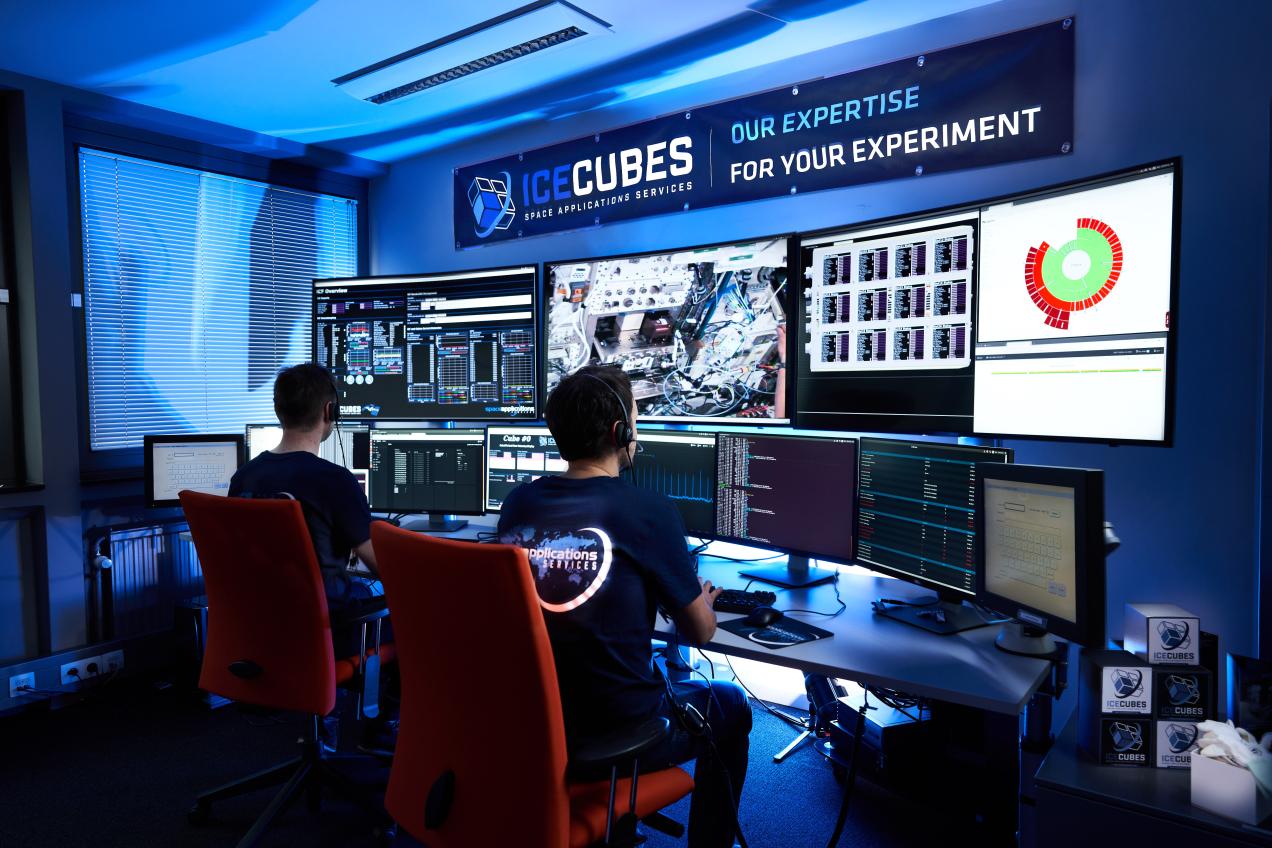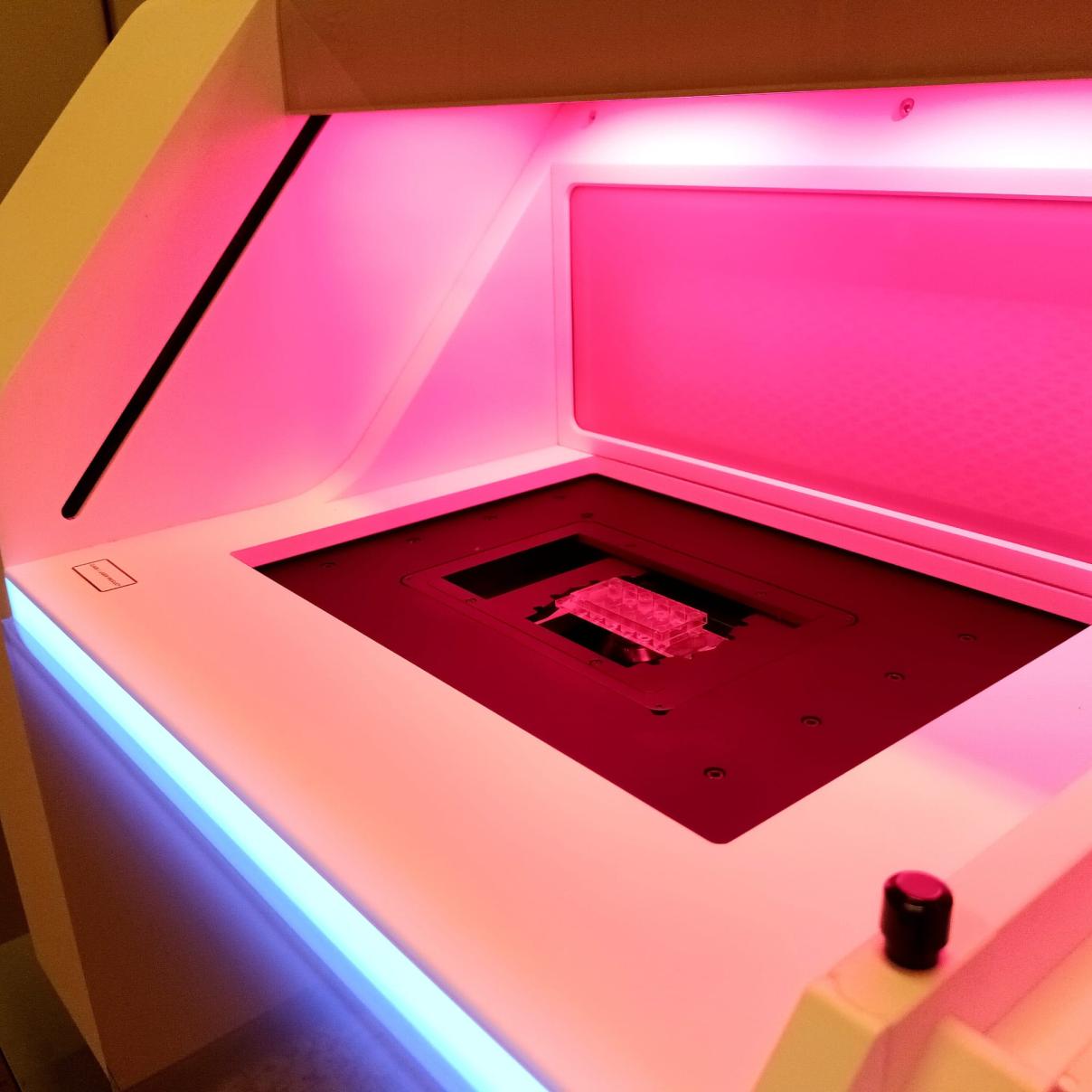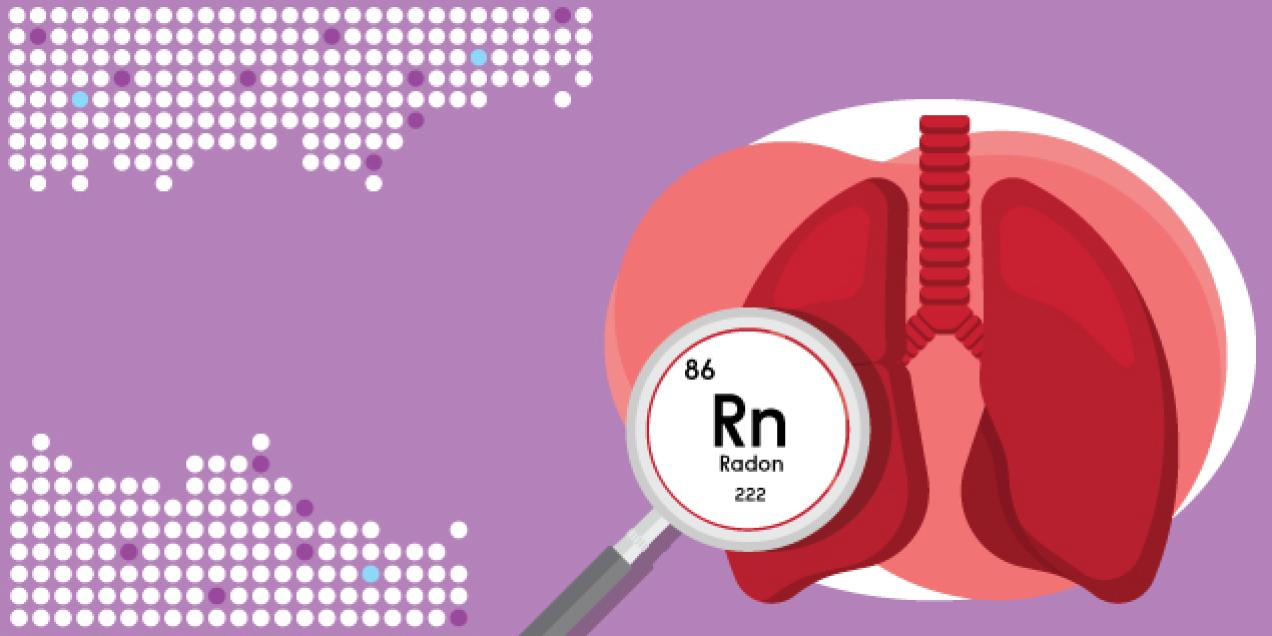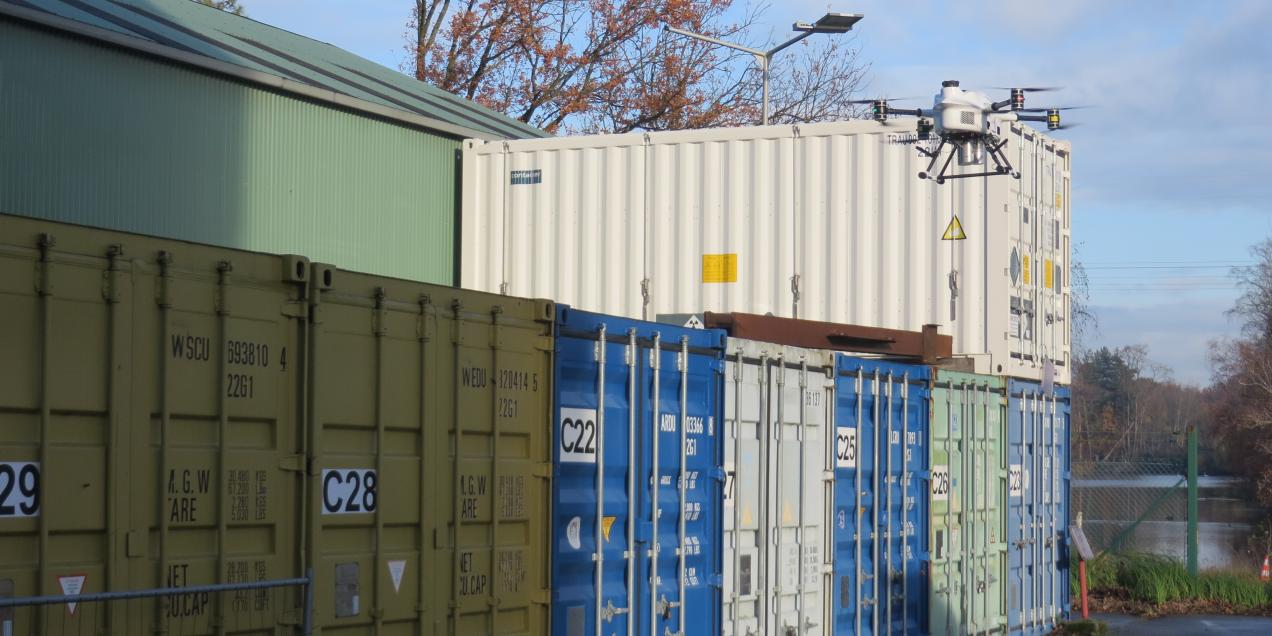Belgians send miniature heart into space for ageing research
AstroCardia develops artificial 'space heart' to study heart health
Five Belgian companies and research centres are joining forces in the AstroCardia project. With that project, they are making it their mission to improve heart health. And they are doing so in a very special place: in space. This is where they are aiming to better study heart ageing and create a suitable research model for the heart. To do so, they developed an artificial miniature heart and associated circulatory system using 3D bioprinting. This so-called 'heart-on-a-chip' will be sent to the International Space Station (ISS) in 2025.

Cardiovascular disease is one of the most common causes of death in the world. The risk of cardiovascular disease increases as we age. However, researchers are still partly in the dark as to why this is so. Science lacks any faithful models for revealing the underlying biological processes. Five Belgian partners – Space Applications Services, SCK CEN, QbD Group, BIO INX and Antleron – are now throwing their knowledge and expertise into the fray to develop a suitable study model. And they are doing so in an environment where scientists can better investigate heart ageing: space.
"Our heart changes as we age. It slowly gets bigger and stiffer, the arteries calcify and the pumping power deteriorates. In space, factors such as stress, microgravity and radiation cause those ageing processes to occur 20 times faster. So in space, we are speeding up time. And that gives us the unique opportunity to obtain research results that we simply cannot obtain here on Earth. The platform we will develop, will allow research into the mechanisms that drive cardiac ageing. This research will be fully automated and can be operated remotely," says Hilde Stenuit, researcher at Space Applications Services.
'Heart-on-a-chip': a 3D bioprinted heart model
To examine a living human heart and all the processes associated with it in depth is practically impossible. That was why the researchers will bioprint a miniature heart on a chip and build an artificial circulatory system around it.
This 'heart-on-a-chip' is a chip of a few square millimetres on which heart muscle cells are printed. The 'ink' consists of biomaterials and stem cells that can develop into any possible cell in the body. The cells begin to divide and organise themselves into a developing human heart model – known as a cardiac organoid. An artificial circulatory system feeds that heart with stimuli, oxygen and nutrients until it matures and begins to beat. The scientists can conduct tests on it. The main test will be conducted in 2025, onboard the International Space Station.
This is when the heart-on-a-chip devices will be launched to space and kept alive for at least six weeks. During this period, they will be monitored in real time. Once the devices returned to Earth, researchers from the company QbD and the nuclear research centre SCK CEN will analyse them in detail. With this space experiment, the partners hope to investigate whether the exposure of the developed cardiovascular system to the space environment can work as a scientific model of heart ageing.
"The miniature heart, which is barely a chia seed's size, faithfully mimics its human counterpart. The innovative technique would make it possible to better investigate cardiovascular diseases and test out some potential medicines. The biggest advantage is that we can personalise them by using stem cells from the patient themselves. As such, we can grow a miniature version of the patient's heart. This would represent a great leap forward in personalised medicine. We are working towards that together!" says Dr Kevin Tabury, SCK CEN radiobiology expert. The nuclear research centre is not at its experimental stage with this project. It has long studied the effect of radiation on cardiac ageing and has done so in the context of both radiotherapy and space exploration.

Bio-ink
To 3D bioprint a miniature heart model into a chip, specialist material is an absolute must. And that includes a 3D bioprinter with micrometric precision, living stem cells and 'bio-ink'. Those stem cells developing into a mini organ must be printable and held together. For this, the consortium can count on the expertise of Belgian start-up BIO INX. "Compare it to bricklaying a wall. The stem cells are the bricks, the bio-ink the mortar. Bio-ink is a kind of gel, which makes cells printable and in which they can survive during and after printing," says Jasper Van Hoorick, CEO at BIO INX.
Technological marvel
The artificial circulatory system will become a technological marvel, as soon as it is developed by the AstroCardia partners, along with the R&D company Antleron. "This project provides some valuable insights into the physiology of cardiac organoids. Therefore, it is very important that the chip on which we will print that miniature heart can handle the extreme conditions in space. We are honoured to be able to contribute to that with our knowledge," says Jan Schrooten, CEO of Antleron. "With this project, we are looking beyond the horizon. We are already concerned today with the problems society will face tomorrow. A healthy heart is important not only for those currently suffering from cardiovascular disease, but also for healthy astronauts exploring space," concludes Martijn Reniers, CIO at QbD.
Financial support
The project is receiving financial support from VLAIO as ICON intercluster (Medvia & Flanders Space) under grant agreement number HBC.2022.0569.
Want to know more?
Related articles
 25 June '24
25 June '24- 17 April '24
 02 February '23
02 February '23